Create Local Employment
- Every effort was made to follow NNI policies and to engage local labour, with the result that significant employment was created in Iqaluit.
Did You Know?
Energy saving within your home or workplace is easy. Some sample ways to save energy within your building include:
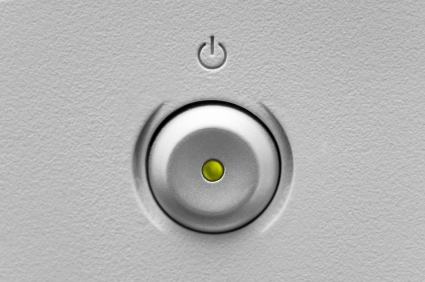
Turn-off Computers
By keeping your electronics turned off until you are ready to use them, you can significantly cut down on your electricity bill.
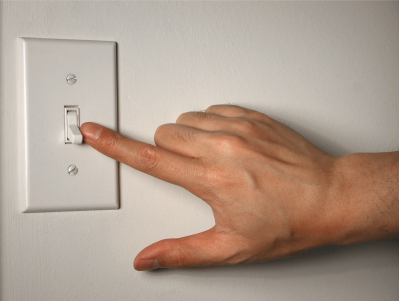
Turn-off Lights
By simply ensuring that you and your family turn the lights off when the room is empty, you can cut down on unnecessary energy consumption.
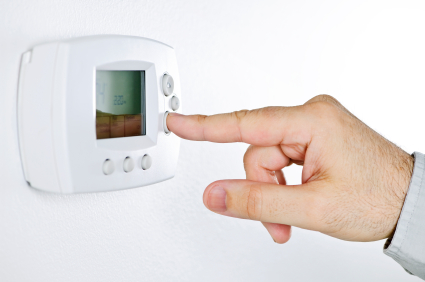
Lower your thermostat
Even a single degree adjustment can make a difference in your utility bill in as soon as 8 hours.
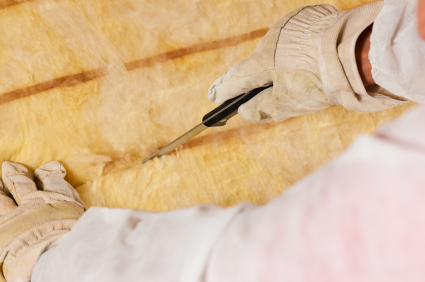
Add insulation
Adding insulation to the walls of your building decreases the heating bills, saves on fuel and electricity expenditure and green house gasses.
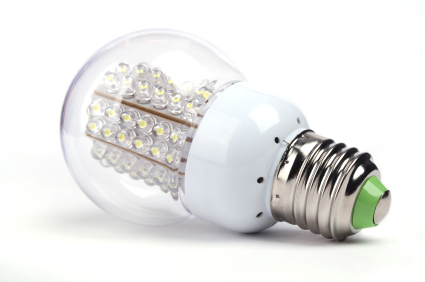
Use energy efficient light bulbs
Replace burnt-out light bulbs only with LED or CFL.
Lighting
Your home’s lighting plays a major role in your monthly electricity bill. By simply ensuring that you and your family turn the lights off when the room is empty, you can cut down on unnecessary energy consumption. Compact fluorescent bulbs (CFLs), are also readily available in Nunavut. These bulbs allow you to light your home at a fraction of the cost of traditional bulbs, while providing the same levels of light. Not only do CFL bulbs consume up to 75% less power than traditional bulbs, but they also last up to ten times as long.
Computers & Electronics
Did you know that household electronics still draw power while they are ‘idling’ and not in use? By keeping your electronics turned off until you are ready to use them, you can significantly cut down on your electricity bill. Encourage your family to take advantage of their computers’ power saving functions as well; modern PCs can be programmed to enter hibernation mode after a set period of time. By properly using these features you can avoid having your computer eat up expensive electricity while you are away from your desk.
Air Leaks & Heating
If your home is not properly sealed, warm air can escape through your doors and windows and lower the overall temperature of your living space. During the winter time this can wreak havoc on your fuel consumption rates since your thermostat will force your furnace to work harder to maintain the same comfortable temperature. Remember, warm air leaking from your home is the same as money leaking from your wallet.
Experts recommend that your home’s thermostat should not be set any higher than 20 degrees Celsius during the winter months. By keeping your home at or below this temperature you can rest easy knowing that your home’s furnace is running at peak efficiency. Try adjusting your home’s thermostat one degree at a time. Even a single degree adjustment can make a difference in your utility bill in as soon as 8 hours.
Plumbing & Appliances
There are a variety of ways you can cut down on your home’s water usage through simple plumbing retrofits. Showers alone have been shown to account for up to 50% of your monthly hot water usage. By installing a modern low flow shower-head in your home you can effectively cut this figure in half. Don’t forget about your faucets though, they use a whole lot of hot water too. By installing faucet aerators you can once again cut down on water consumption by up to 50%.
Your bathroom isn’t the only area of your home that uses hot water. Your washing machine is yet another major consumer of hot water & electricity. Try switching to cold water wash cycles and you may be surprised the next time your utility bill arrives. If you are replacing your washing machine, make sure to look into front loading machines. They are much more efficient than their top loading counterparts, and they use only a third of the water (not to mention half the electricity).
FAQs
Why is the Government of Nunavut interested in energy efficiency?
Expenditures on diesel for transportation, electricity and heat make up a significant portion of the Government of Nunavut’s operations budget. Inefficient use of energy reduce the funds available for health, education and other services to the citizens of Nunavut. Any funds saved can be used for these services.
Why are you looking at solar energy in the eastern Arctic, when it is dark all the time?
Many parts of Nunavut have average annual daylight hours similar to parts of southern Canada. They are distributed throughout the year somewhat differently, but initial estimates indicate that solar hot water heating and solar air heating can be economic. The Iqaluit Pilot Project is testing and monitoring three solar hot water systems to determine the economics.
Why does the GN heat its buildings with oil? Why not wood?
Although Nunavut has vast energy resources, they are not developed. Most of our Territory is above the tree line and at the moment, oil is the most secure source of energy. We are, however, looking at hydroelectric and renewable energy sources.
Why did you pilot specific technologies?
The Government of Nunavut, because of its reliance on foreign oil, the importance of reliable heat and electricity and the remote nature of its communities, pays some of the highest electricity and water rates in Canada. Consequently, many of these technologies, which are not economic in southern Canada, are economic in Nunavut. Furthermore, the realities of our eastern Arctic climate make it imperative that we select reliable Arctic-proof technologies. Consequently, we decided to look at a number of technologies that were not commonly used and to test them for our climate and utility rates.
What happens if you close or sell a building after you retrofit it?
If we sell the building, we sell an energy efficient building. However, if we close a building, the modern technology will be removed and used in other buildings.
How many GN employees were involved directly in managing the project?
Although a number of employees are involved in the day-to-day operation of our buildings, this project was managed by the Manager of Energy Initiatives.
Will you improve the energy efficiency in your buildings in other communities?
Yes, we are committed in Ikummatiit to improve the energy efficiency in all our communities. After we complete our assessment of the Pilot Project, we will implement the replication in other communities.
Why did you not include wind power in the Iqaluit Pilot Project?
We incorporated a small wind turbine in our initial plans, but found that size restrictions and maintenance costs made it uneconomic. The Energy Secretariat and QEC are looking at larger wind turbines.